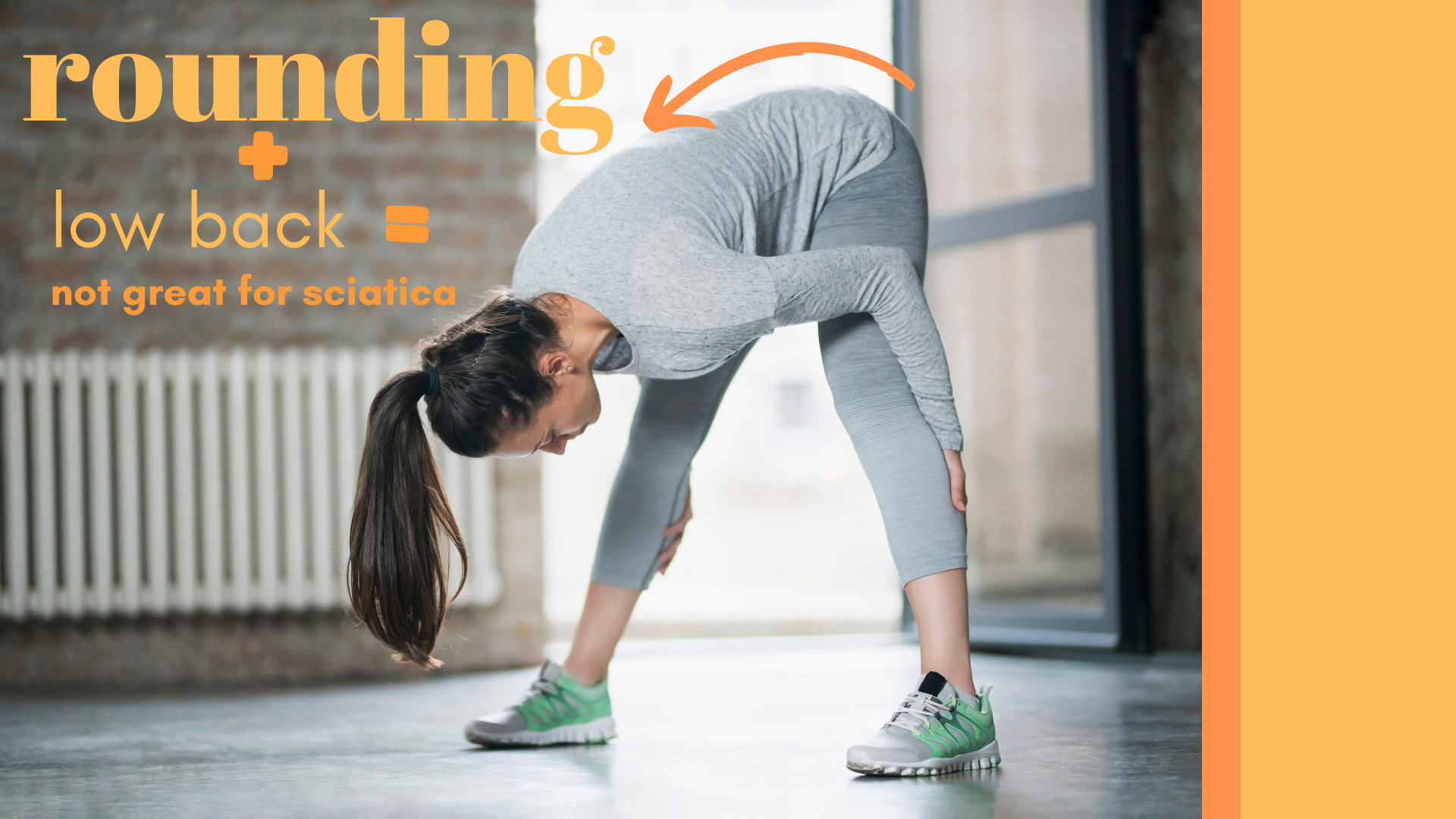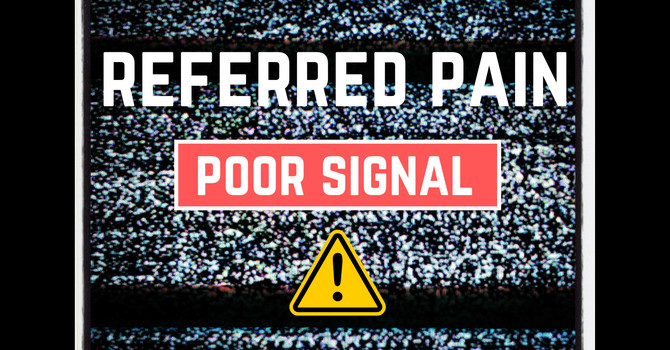Ow, my butt!
Words to that effect are often yelped by patients suffering from sciatica, a common type of nerve pain felt anywhere from your low back to your feet. Each of your two sciatic nerves connects the spinal cord to the hips and legs.
Irritation of a sciatic nerve can be felt as:
Pain
Numbness
A point of tingling
But the sensation is often referred toward the foot on that side.

The perilous pathway of a sciatic nerve, from the spinal cord to the muscles of the hips and thighs, is subject to all kinds of abuse, ranging from prolonged sitting to traumatic falls. In fact, instead of helping, you might be torturing a sciatic nerve every day with a common hamstrings stretch. Have you been hurting yourself with your stretches?
Here's a correct method to stretch away your sciatic pain!
If that technique was insufficient to eliminate your sciatica, your case might require chiropractic care. Book an appointment at Cornerstone Health so that our highly trained and experienced staff can provide advanced–but non-invasive–treatment.
The sciatic nerve is most often irritated at the point where it exits the spine of the low back. When this is the case, a technique called flexion-and-distraction (F&D) can work wonders. F&D gently stretches the low back, reducing compression of the sciatic nerve and restoring blood supply to the oxygen-starved, hypersensitive area.
![]()
![]()
![]()
Often, we begin treatment of sciatica with manual (hands-on) therapy, such as chiropractic adjustments of the low back and hips. Targeted Structural Integration (TSI) is Cornerstone’s method of manually stimulating specific groups of muscles to improve your control of the joint that those muscles move. The following video shows how TSI can be used to calm muscles at the back of the hip that often pinch the sciatic nerve:
But that’s just the beginning of recovery from sciatica.
After you have improved control of the back and hips via F&D and TSI, you will need to train your body to move more safely and effectively to avoid reinjury.
The most common bad habit happens to be one of the worst: rounding the low back as you bend forward, which presses the discs of the low back against the sciatic nerves. You should instead hinge forward at the hips, keeping your back mostly straight.

Learn how to hip hinge here.
To further stabilize the area and avoid postures that are harmful to the sciatic nerves, add some core rehab. Not just any core exercises, though; in fact, abdominal crunches–you know, the classic sit-ups–are a leading cause of sciatica because they arch the low back forward, over and over again.
Don’t worry–your Cornerstone provider knows many core exercises that are safe to the low back and that reduce compression of the sciatic nerve. One such exercise is the Dying Bug, which was known as the 'Dead Bug' until someone figured out that dead bugs don’t move much. Click here to learn how to perform the Dying Bug.
Whether your sciatica is a minor annoyance or a debilitating crisis, don’t live in pain.

Reach out to Cornerstone Health.

J. McCrackan DC, CMT
Contact Me



